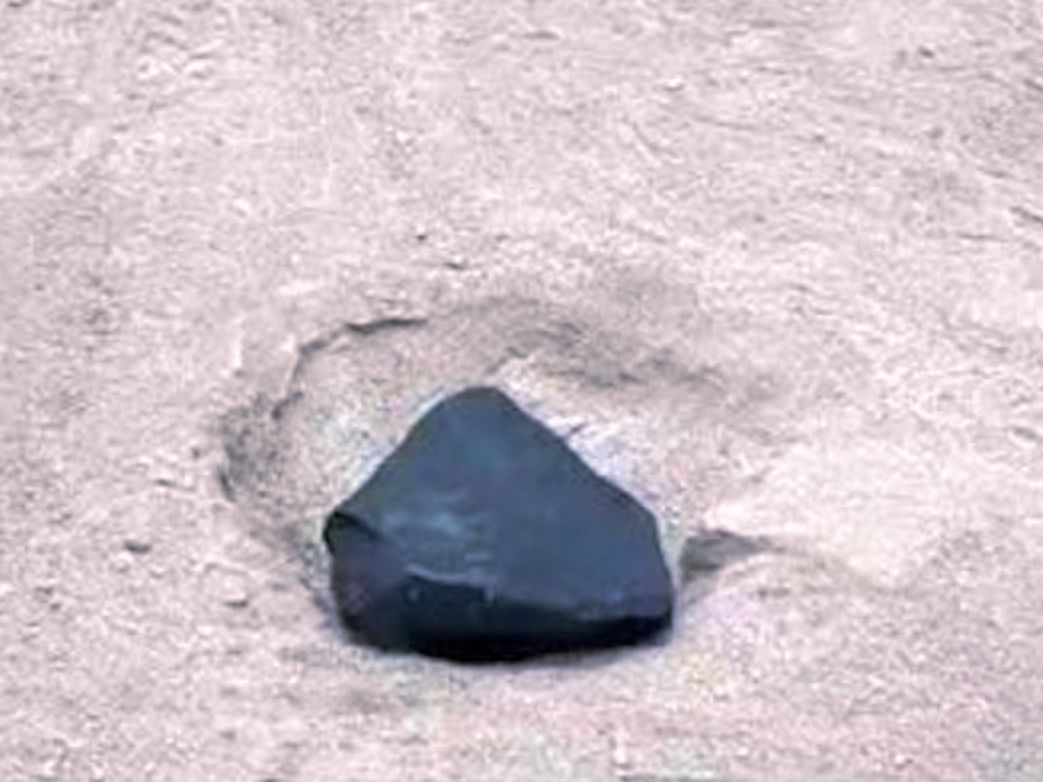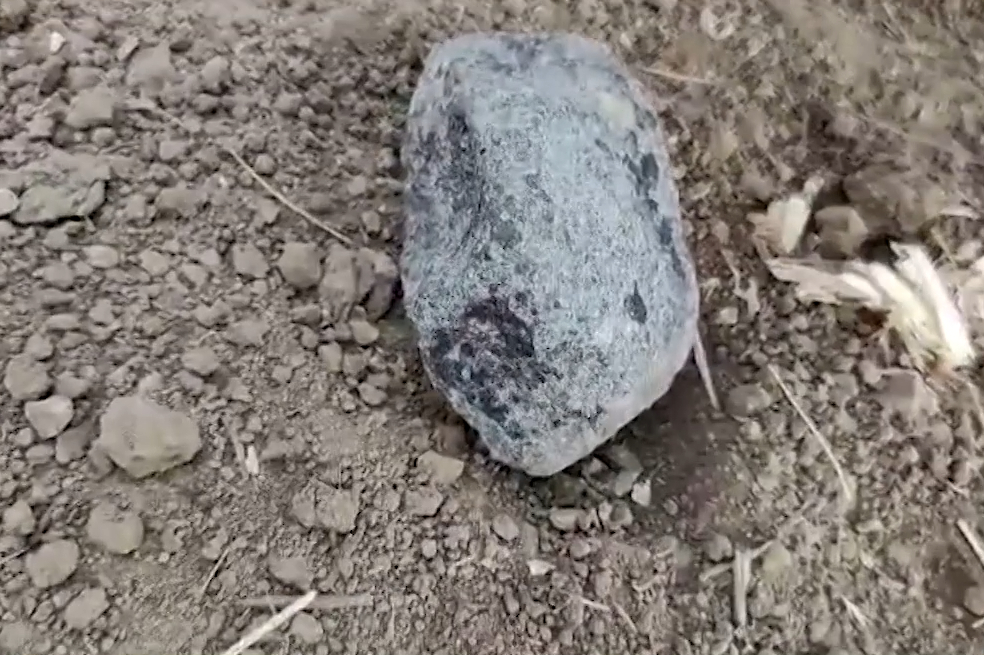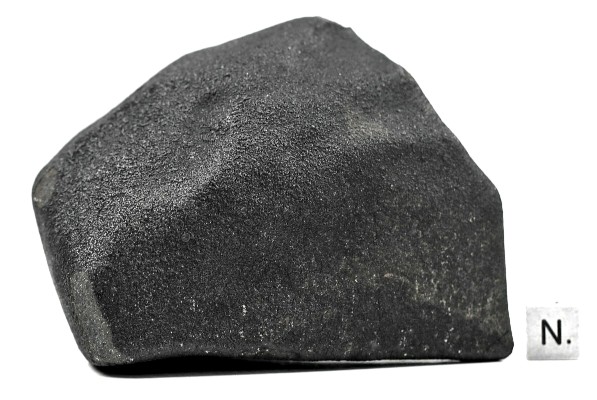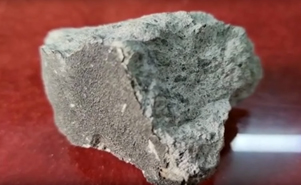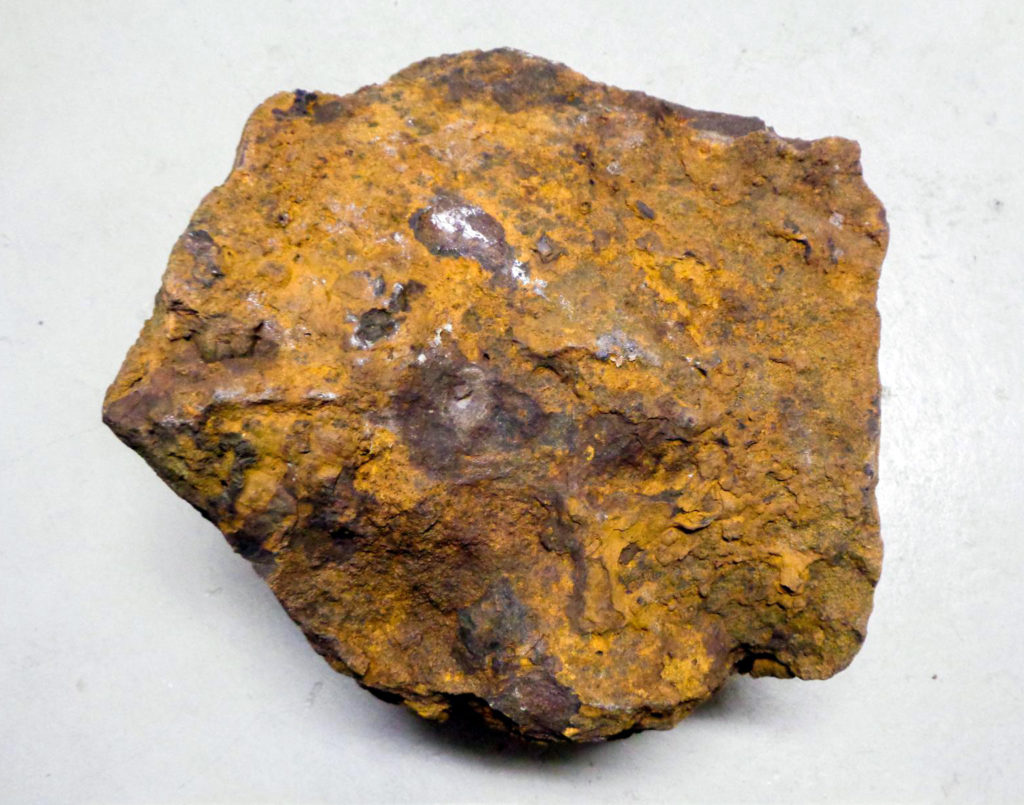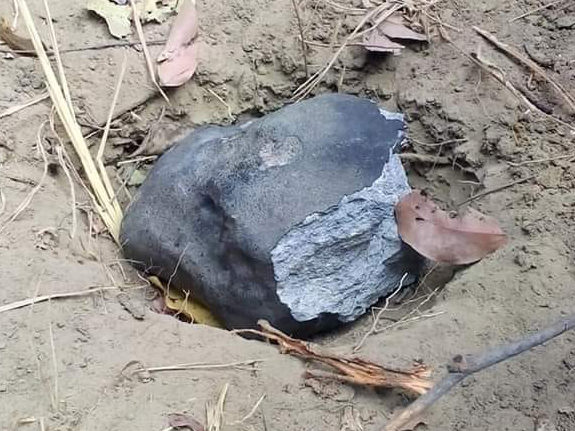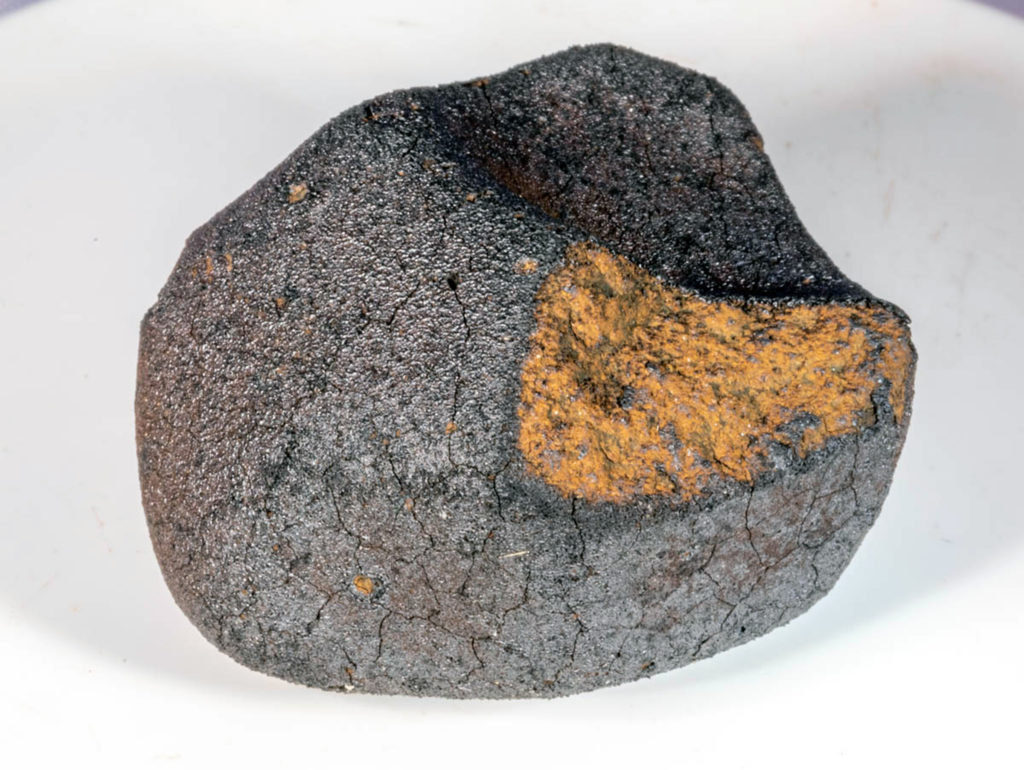Secondary Ion Mass Spectrometry as an advanced tool for meteorite classification
Justina Novakova, Monika Jerigova, Eduard Jane, Vojtech Szoecs, Dusan Velic
Planetary and Space Science
In Press, Journal Pre-proof, Available online 7 August 2020
“Highlights
• Secondary Ion Mass Spectrometry proves to be a competitive technique to characterize meteorites, based on agreement with previous Kosice meteorite characteristics.
• Spectra with sufficient mass resolution determine all relevant elements, their isotopes, corresponding minerals, and moreover provide unique chemical imaging.
• based on initial database of four meteorite classes and Convolutional Neural Network, unknown sample is correctly determined as a H ordinary chondrite in a blind test.”
“A reliable classification of meteorites is of great importance in order to study the meteorite history. Secondary ion mass spectrometry is applied to collect a database of spectra for four meteorite classes, H chondrite, IAB iron, L chondrite, and achondrite and based on convolutional neural network to determine the meteorite class for unknown sample. The focus of analysis is on the Košice meteorite which is identified with following elements Li, B, Na, Mg, Al, Si, P, K, Ca, Ti, Cr, Mn, Fe, and Ni. Due to the high mass resolution of 7000, also isotopes are clearly identified. The Secondary ion mass spectrometry images provide also mineralogical analysis by revealing distributions of chemical composition. The minerals of albite, troilite, augite, and diopside are recognized. Using 88 reference spectra, the unknown sample is identified as the H chondrite based on calculated probability. Secondary ion mass spectrometry technique coupled with convolutional neural network proves to be the advanced tool to analyze meteorites, to classify them, and to determine a meteorite of unknown origin.”

